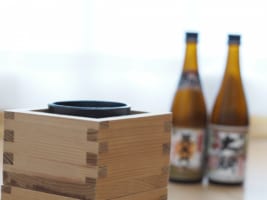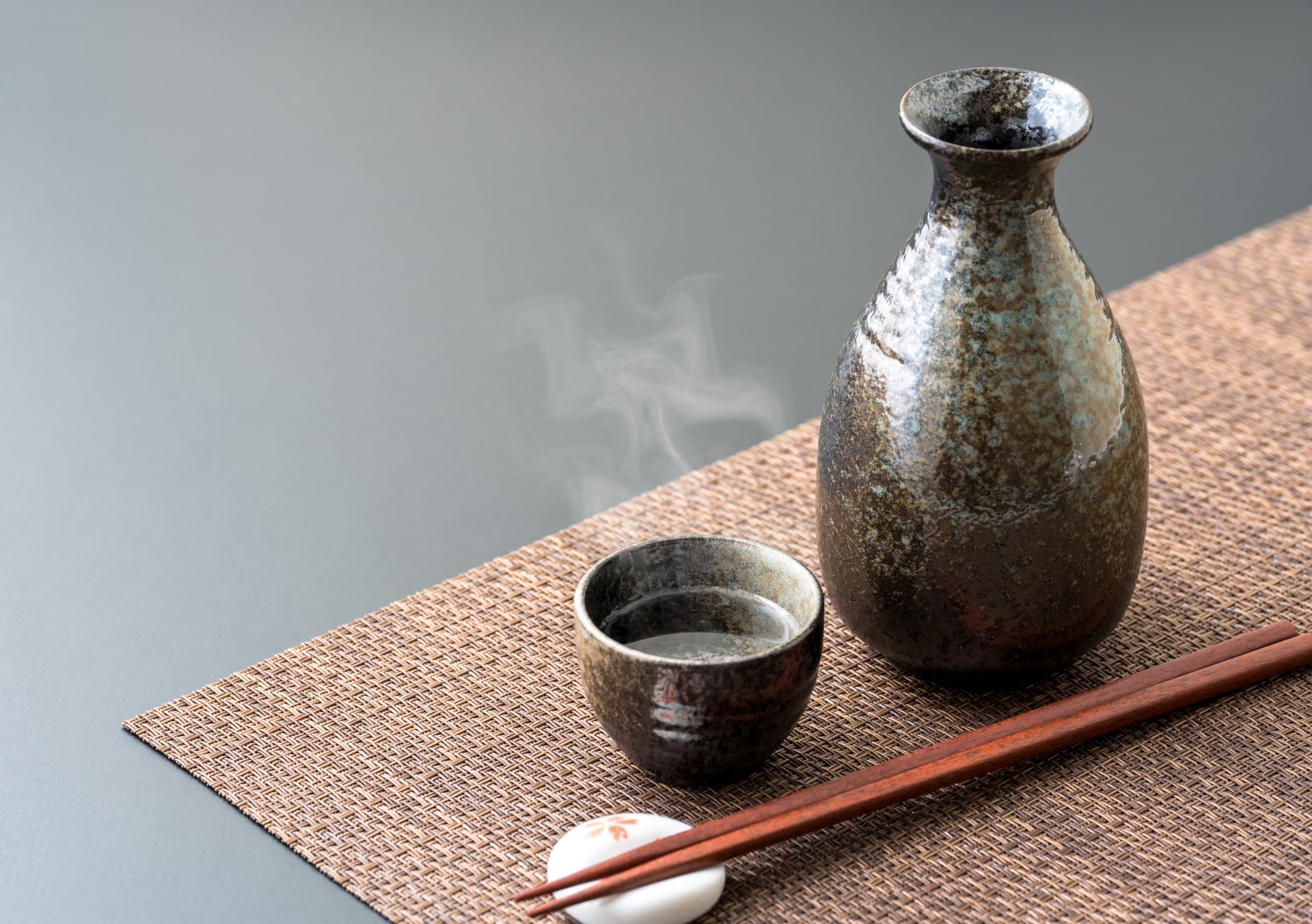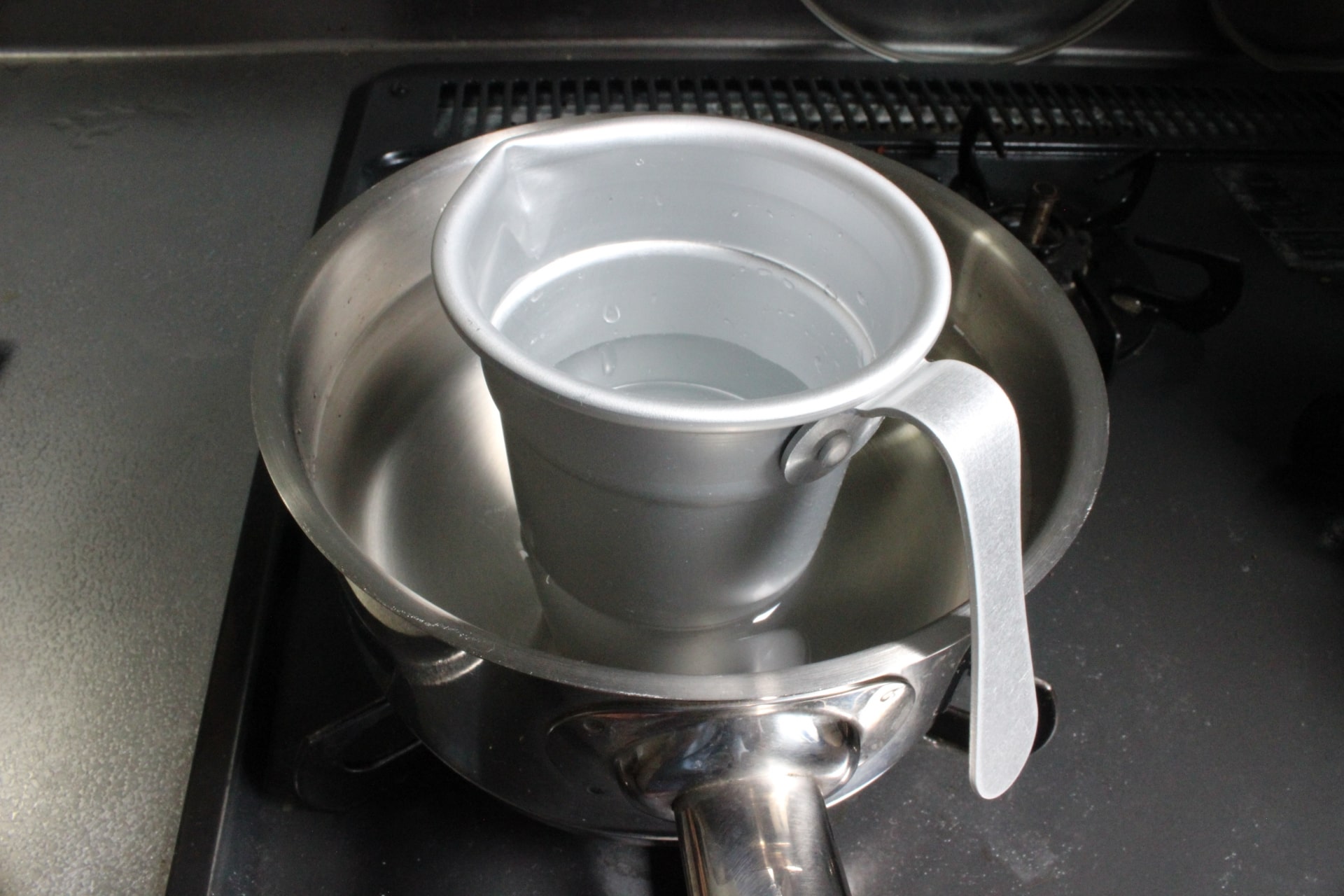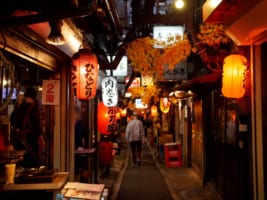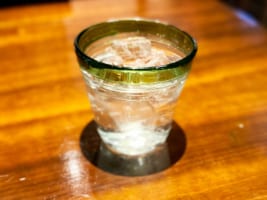Guide to Hot Sake
Best ways of drinking hot Japanese Sake

Have you ever tried drinking Japanese Sake? If you have, how did you drink it? In a small shot glass-like cup? Or maybe in a wine glass? was it cold? Or was it hot? Japanese Sake can be enjoyed in many ways, making it much more complex and fun when experienced. One of the ways many foreign visitors seem to be curious about is drinking it hot.
In this article, I will explain to you how it is that Japanese hot sake works, how to prepare it, and even show you which brands are good for drinking hot. This is a guide to hot Sake.
*Note: Be sure to drink Sake only if you’re over the allowed age for drinking.
▽This is the perfect Sake guide!▽
*Please note that this article contains affiliate links.
What is Hot Sake
Hot Sake is, of course, Japanese Sake being served hot. But there’s more to this. Depending on the region or season you’re visiting, Sake can be enjoyed in different ways. One of these differences is the temperature at which you drink it.
Hot Sake is referred to in Japan as Kanzake (燗酒) or simply Kan (燗).
There are some Sake brands that are famous for tasting better when warmed. And there are others that are known for tasting better when being served cold. The material of the cup that is used is different as well.
All these details will make any type of sake taste differently by just changing the temperature at which it is served. This is one of the aspects that make Japanese Sake such a complex and fun drink to have.
In official terms, Hot Sake will refer to Sake served at over 30 degrees Celsius. There are more specific terms depending on the temperature, which I will explain later in this article.
The good thing about Hot Sake is that depending on the properties of the taste, texture, and scent of the Sake, it will change differently. Hot Sake will have a more noticeable scent. So a dry, sharp Sake will feel smoother when served hot.
Here, I also would like to clarify one misconception about Hot Sake, which is that many foreign visitors think Hot Sake is of lower quality compared to cold-served Sake. This might be true in some cases out of Japan, but here in Japan, it is just one way of enjoying Sake.
Types of Hot Sake
In general, there are 10 levels of temperature ranging from 5 degrees Celsius to 55 degrees Celsius. The main three ways are the following.
Reishu (冷酒)
This refers broadly to Sake being served anywhere between 5 to 15 degrees Celsius. You can divide this into three more specific temperatures which are the following.
- Yuki-hie (雪冷え): 5 degrees Celsius
- Hana-hie (花冷え): 10 degrees Celsius
- Suzu-hie (涼冷え): 15 degrees Celsius
Although these names are official, these specific names for temperature are not widely used at all restaurants or izakaya. So it will be a safer bet to just order a “Reishu” if you want your Sake to be served cold.
Hiya (冷や)
This refers broadly to Sake being served at room temperature (around 20 degrees Celsius). This is also known as Jo-on (常温). If you’re at a restaurant or Izakaya and want your Sake to be at room temperature, either way of ordering it will be understood (Hiya or Jo-on).
Kanzake (燗酒)
This refers broadly to Sake being served anywhere between 30 and 55 degrees Celsius. You can divide this into six more specific temperatures which are the following.
- Hinata-kan (日向燗): 30 degrees Celsius
- Hitohada-kan (人肌燗): 35 degrees Celsius
- Nuru-kan (ぬる燗): 40 degrees Celsius
- Jo-kan (上燗): 45 degrees Celsius
- Atsu-kan (熱燗): 50 degrees Celsius
- Tobikiri-kan (飛び切り燗): 55 degrees Celsius and above
Just like in the case with Reishu, these specific names for temperature are not widely used at all restaurants or izakaya. So it will be a safer bet to just order a “Kanzake” if you want your Sake to be served hot.
How to prepare Hot Sake
There are various ways to prepare hot sake. There are special Sake-warming devices such as Kansuke (かんすけ) which is like a hot tub where you put in the Sake container to warm it up to the preferred temperature. There’s another way that involves a special container called Chirori (ちろり) which is warmed in a similar fashion.
In the case you have Sake at home and would like to drink it hot, you can simply heat it in your microwave oven. Whatever container you use, be sure to cover the top with saran wrap to prevent the aromas to escape. Don’t microwave the cup you’ll use to drink it though. Use another container.
Hot sake is usually served in either ceramic cups or porcelain cups. Ceramic cups are said to soften the texture of the sake, making it easier to drink. And in the case of porcelain cups, it is especially preferred for Kanzake because it transfers the heat better than ceramic cups. Tin cups are also well used for the similar reasons.
Sake brands that are good for Kanzake
Shinkame Junmaiseishu
Shinkame Junmaiseishu (神亀 純米清酒) is a Sake brand produced by the brewery Shinkame Shuzo, located in Saitama prefecture. The company actually recommends that you taste this Sake warmed up. It even comes with instructions (in Japanese).
▶︎Click here for more details about this Sake right now!
Hakkaisan Tokubetsu Honjozo
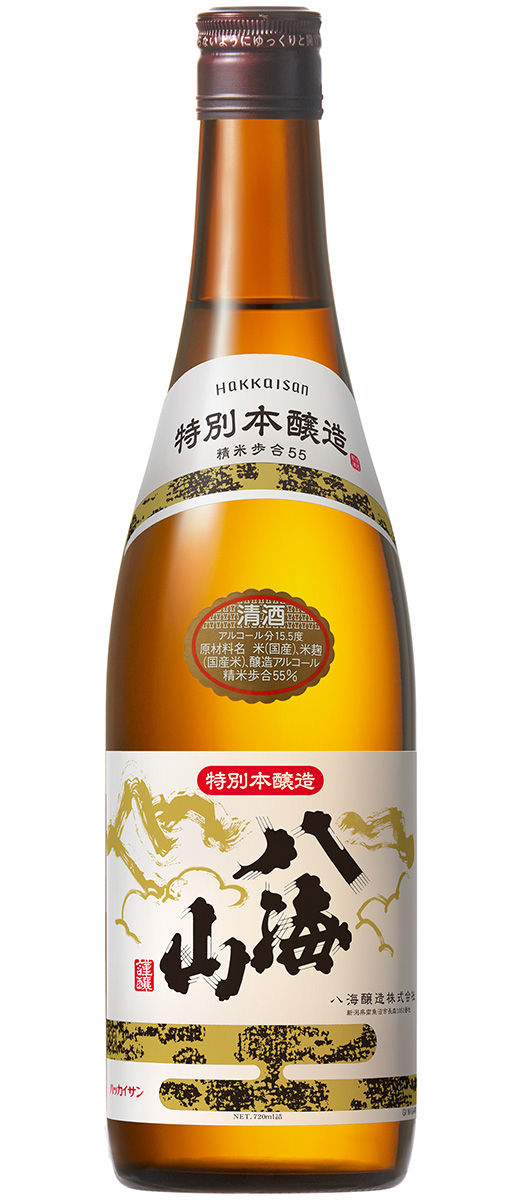
Hakkaisan Tokubetsu Honjozo (八海山 特別本醸造) is a Sake brand from Niigata prefecture that has been in business for around 100 years. Its dry texture makes it ideal for drinking hot.
▶︎Click here for more details about this Sake right now!
Daishichi Junmai Kimoto
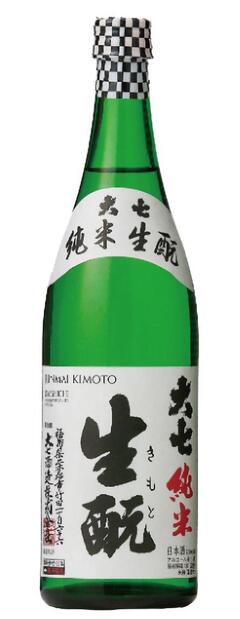
Daishichi Junmai Kimoto (大七 純米生酛) is a Sake made by Daishichi Shuzo in Fukushima prefecture. This Sake has won awards for best hot-served sake.
▶︎Click here for more details about this Sake right now!
Kuroushi Junmaishu
Kuroushi Junmaishu (黒牛 純米酒) is a Sake made by the company Nate Shuzoten located in Wakayama prefecture. This is a sake that is characterized for being dry, making it a good option to drink in Kanzake.
▶︎Click here for more details about this Sake right now!
Ichinokura Tokubetsu Junmai Cho-karakuchi
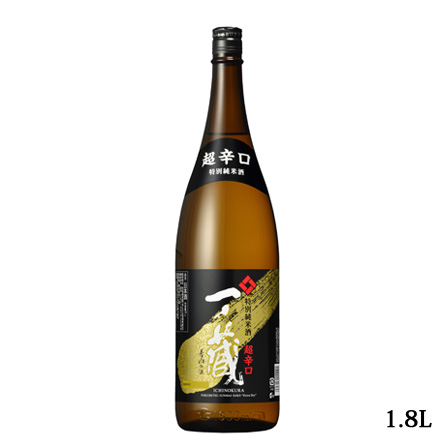
Ichinokura Tokubetsu Junmai Cho-karakuchi (一ノ蔵 特別純米 超辛口) is a Sake produced by the company Ichinokura in Miyagi prefecture. The name Cho-karakuchi literally means “super dry texture” which makes it a good candidate to drink hot.
▶︎Click here for more details about this Sake right now!
I hope this article was enjoyable for you. If you love Japanese Sake and other types of traditional Japanese drinks and foods, be sure to check the following articles as well!
▽Related Articles▽
▼Editor’s Picks▼
Written by
Born and raised in Costa Rica, I started living in Tokyo from college. I love traveling within Japan & around the world. Since I wasn’t born in Japan, I know the cultural impact that you can get when visiting Japan for the first time and what you might be worried about before your trip. And I’ve lived long enough to somewhat understand the nuances of the Japanese culture that make this country such an attractive place to visit. Hopefully I can provide to you both the information you’re looking for and the information you didn’t know you needed to know.





